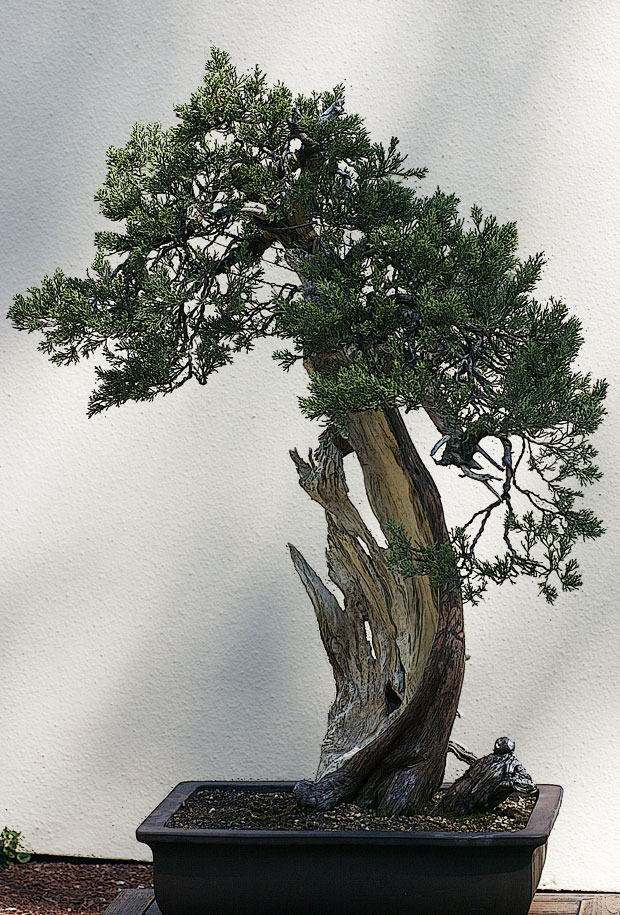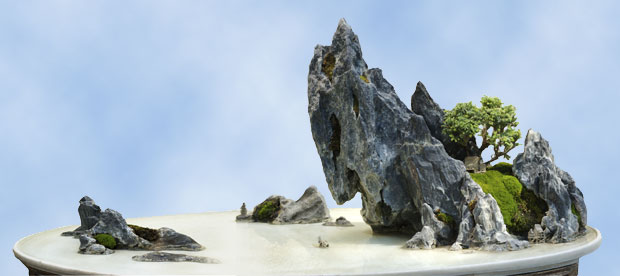Considering that Bachelard begins his book discussing the significance of the house, it seems rather remarkable that he ends up discussing “immensity,” “vastness,” and meditation, very different kinds of space. Though I’m confused how some of these topics fit together, his discussion always manages to remain thought-provoking.
Is “immensity” really a “ philosophical category of daydream”?
One might say that immensity is a philosophical category of daydream. Daydream undoubtedly feeds on all kinds of sights, but through a sort of natural inclination, it contemplates grandeur. And this contemplation produces an attitude that is so special, an inner state that is so unlike any other, that the daydream transports the dreamer outside the immediate world to a world that bears the mark of infinity.
Far from the immensities of sea and land, merely through memory, we can recapture, by means of meditation, the resonances of this contemplation of grandeur. But is this really memory? Isn’t imagination alone able to enlarge indefinitely the images of immensity? In point of fact, daydreaming, from the very first second, is an entirely constituted state. We do not see it start, and yet it always starts the same way, that is, it flees the object nearby and right away it is far off, elsewhere, in the space of elsewhere.
When this elsewhere is in natural surroundings, that is, when it is not lodged in the houses of the past, it is immense. And one might say that daydream is original contemplation.
If we could analyze impressions and images of immensity, or what immensity contributes to an image, we should soon enter into a region of the purest sort of phenomenology a phenomenology without phenomena; or, stated less paradoxically, one that, in order to know the productive flow of images, need not wait for the phenomena of the imagination to take form and become stabilized in completed images. In other words, since immense is not an object, a phenomenology of immense would refer us directly to our imagining consciousness. In analyzing images of immensity, we should realize within ourselves the pure being of pure imagination. It then becomes clear that works of art are the byproducts of this existentialism of the imagining being. In this direction of daydreams of immensity, the real product is consciousness of enlargement. We feel that we have been promoted to the dignity of the admiring being.
Some of the connections he makes here seem more like sleight-of-hand than rational connections, but I’m still willing to see where this line of thought leads. It might help if I better understood what he means by “daydreams,” because what I associate with daydreaming (i.e. not paying attention to what’s happening around you) is invariably influenced by my years of teaching. I would not normally associate it with meditation, which seems nearly the opposite, a very directed kind of self-awareness.
The most interesting conjecture, for me at least, is that “works of art are the byproducts” of “consciousness of enlargement.” The idea that actual works of art are not the main focus of artists, but, rather, merely a means of seeking enlightenment is certainly an intriguing idea.
Bachelard argues that our perception of “immensity” is more the result of an “inner immensity” than an external immensity:
However paradoxical this may seem, it is often this inner immensity that gives their real meaning to certain expressions concerning the visible world. To take a precise example, we might make a detailed examination of what is meant by the immensity of the forest. For this “immensity” originates in a body of impressions which, in reality, have little connection with geographical information. We do not have to be long in the woods to experience the always rather anxious impression of “going deeper and deeper” into a limitless world. Soon, if we do not know where we are going, we no longer know where we are. It would be easy to furnish literary documents that would be so many variations on the theme of this limitless world, which is a primary attribute of the forest. But the following passage, marked with rare psychological depth, from Marcault and Thérèse Brosse’s excellent work, will help us to determine the main theme: “Forests, especially, with the mystery of their space prolonged indefinitely beyond the veil of tree trunks and leaves, space that is veiled for our eyes, but transparent to action, are veritable psychological transcendents.”
Personal experience certainly confirms that it doesn’t take a large number of trees to give a sense of immensity. Wander very deeply into an Olympic rainforest and the lack of trails and sheer density of trees and shrubs will immediately have you believing that you’ve wandered into an immense forest, even though you have no way to confirm that.
It’s not too far from this admission to arguing that “grandeur does not come from the spectacle witnessed, but from the unfathomable depths of vast thoughts.”
It is no exaggeration to say that, for Baudelaire, the word vast is a metaphysical argument by means of which the vast world and vast thoughts are united. But actually this grandeur is most active in the realm of intimate space. For this grandeur does not come from the spectacle witnessed, but from the unfathomable depths of vast thoughts. In his Journaux intimes (loc. cit., p. 29) Baudelaire writes: “In certain almost supernatural inner states, the depth of life is entirely revealed in the spectacle, however ordinary, that we have before our eyes, and which becomes the symbol of it.” Here we have a passage that designates the phenomenological direction I myself pursue. The exterior spectacle helps intimate grandeur unfold.
The word vast, for Baudelaire, is also the word that expresses the highest degree of synthesis. In order to learn the difference between the discursive ventures of the mind and the powers of the spirit, we must meditate upon the following thought,’ “the lyrical spirit takes strides that are as vast as synthesis while the novelist’s mind delights in analysis.”
I wouldn’t deny that for any word there is an inner state which gives that word meaning. I’m just not sure that is the same as saying even an “ordinary spectacle” can evoke a sense of grandeur. If that’s true, couldn’t one argue that such words have no real meaning?
Bachelard argues that poets help us to expand our intimate space to meet that outer immensity:
Poets help us discover within ourselves such joy in looking that sometimes, in the presence of a perfectly familiar object, we experience an extension of our intimate space. Let us listen to Rilke, for instance, give its existence of immensity to a tree he is looking at.
…
(Space, outside ourselves, invades and ravishes things:
If you want to achieve the existence of a tree,
Invest it with inner space, this space
That has its being in you. Surround it with compulsions,
It knows no bounds, and only really becomes a tree
If it takes its place in the heart of your renunciation.)
Unfortunately, I don’t know enough Rilke to truly understand this, but it seems true that a tree only has meaning to the extent that we give it meaning. The more we love trees, the more meaning a particular tree will have.
It seems clear that only someone who understands the nature of tree can create a great bonsai.

Do Bonsai only have appeal to those who already love trees? Does viewing an outstanding bonsai gives us a greater appreciation of trees?
Interestingly enough, Bachelard asserts that it is through “immensity” that intimate space and world space blend.
It would seem, then, that it is through their “immensity” that these two kinds of space the space of intimacy and world space blend. When human solitude deepens, then the two immensities touch and become identical. In one of Rilke’s letters, we see him straining toward “the unlimited solitude that makes a lifetime of each day, toward communion with the universe, in a word, space, the invisible space that man can live in nevertheless, and which surrounds him with countless presences.”
This coexistence of things in a space to which we add consciousness of our own existence, is a very concrete thing. Leibnitz’s theme of space as a place inhabited by coexistants has found its poet in Rilke. In this coexistentialism every object invested with intimate space becomes the center of all space. For each object, distance is the present, the horizon exists as much as the center.
This sounds similar to the Buddhist concept of awareness. Is “solitude” the same as meditation? Does a greater inward awareness allow one to become one with “all space?”
Like this:
Like Loading...


